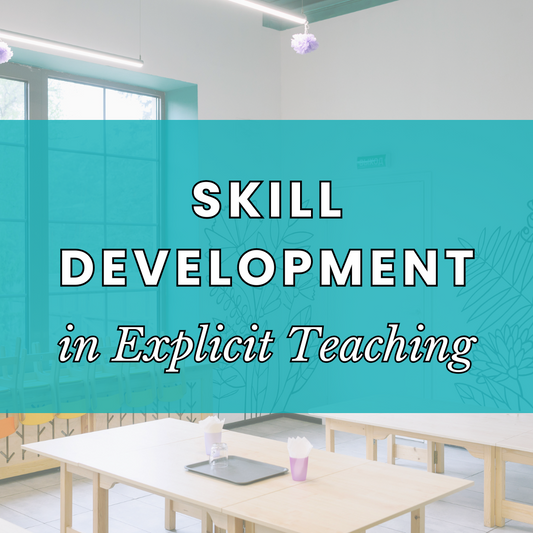
15 Ways to Check for Understanding
Share
Check for Understanding (CFU) is an important component of explicit teaching. It is gauging whether your students actually get what you have taught them. It should occur after a new definition (Concept Development), after a skill has been modelled (I Do) and again after the guided instruction (We Do). Essentially, it is measuring the impact of your teaching in real time.
For it to be effective, you must ensure that 80% of students in the class get the question correct. If less than 80% don't get it correct, you must go back and reteach.
It's important to remember to keep check for understanding short and to the point. Choose activities that involve one or two word answers, or that can be done in no more than 5 minutes. All students must be included in the check for understanding questions.

Points to remember when using check for understanding
***A common misconception of check for understanding is that you ask students to self-reflect or report their own understanding. This is not accurate because students' opinions of their own learning do not always match reality. Or perhaps they think they understand it when being told or shown it, but they are unable to articulate it or apply the knowledge. There is a place for self report in independent practice, but not whilst the concept is being taught.***
You can be creative when checking for understanding. To inspire your creativity, below I have listed 15 ideas for you to check for understanding.
Ideas to Check for Understanding
- On your whiteboard, fill in the missing word.
- On your whiteboard, give an example of ____
- Think-Pair-Share: Tell your partner what a ___ is
- Think-Pair-Share: Tell your partner 3 examples of ___
- Make up your own gesture to show ___
- Which of these is an example of ___. Answer on your whiteboards.
- Which of these is not an example of ____. Answer on your whiteboard.
- How do I know this is correct?
- Draw a picture to show ___
- Four corners. Students choose a corner of the classroom based on their choice of answer to a question. The movement can also break up the lesson and help keep students' brains active.
- Create a mind map to show the main ideas of ___
- Give our flash cards. Stand if you have an example of (the concept eg., a verb, an odd number, a conjunction, a simple sentence etc).
- In your own words, write what you have just learned. Allow no more than 1 min for answers.
- Do you Agree or Disagree with this statement? Answer on your whiteboards.
- Is this statement true or false? Answer on your whiteboards. If false, why?
How do you check for understanding? Comment below.



